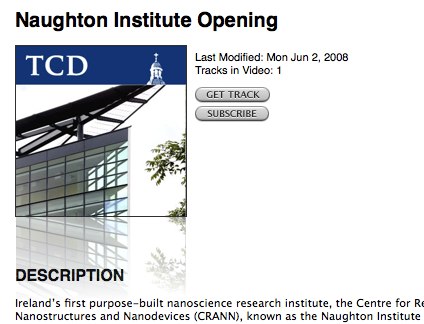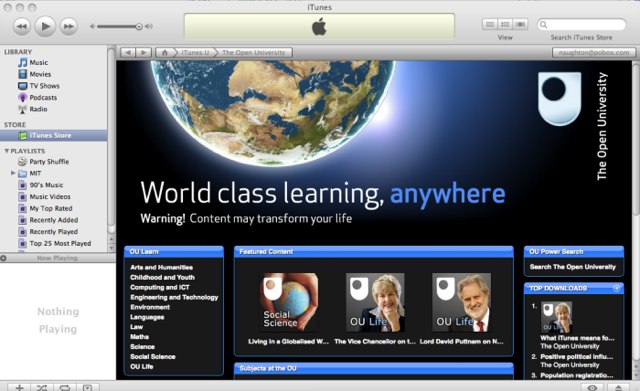Nice Washington Post piece by Eugene Robinson.
Recall that the Michigan primary, like the Florida contest, was not legitimate. Period. As far as the party was concerned — and as far as Clinton herself was concerned, before she fell behind Barack Obama — the primary never happened. None of the candidates campaigned in Michigan. Obama’s name wasn’t even on the ballot.
Yet, in the interest of party unity, the rules committee came up with a formula that gave Clinton credit for 69 delegates that she “won” running virtually unopposed in a vote that technically never took place. Ickes and the angry Clinton supporters who protested the committee meeting objected to the fact that Obama was awarded Michigan delegates that he didn’t win. But Clinton, too, was awarded delegates she didn’t win, because — remember? — there was no legitimate Michigan primary…
As I write, Clinton still hasn’t conceded. My guess is that it’s because Bill still can’t come to terms with the thought that he might no longer be the world’s leading Alpha Male.
Richard Cohen, meanwhile, is pessimistic.
So I see little to be happy about, little that pleases my jaundiced eye. Yes, voter participation is way up and in the end, the Democrats will choose a woman or an African American and, to invoke that tiresome phrase, history will be made. But this messy nominating process has eroded the standing of both candidates. It has highlighted the reality that racism still runs deep and that misogyny, although more imagined than real, is not yet a wholly spent force. This is an ugly porridge that has been placed before us, turned rancid since the cold, pristine days of Iowa only five months ago. We were, with apologies to Bob Dylan, so much younger then.
Reading between his lines, he thinks that the latent racism of many Americans will hand the presidency to John McCain.




